Bilancia WLY per controllo statistico
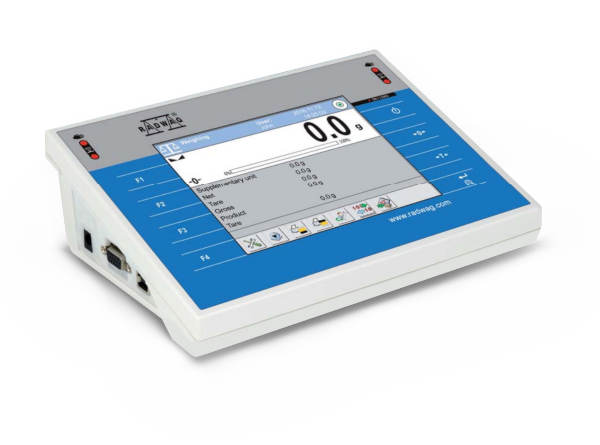
Progetto e funzionalita’
- sensori di prossimita programmabili,
- formati di stampa programmabili,
- linee di testo addizionali inseribili sul display della bilancia e sulle stampe.
Le bilancia richiedono due livelli di verifica. A causa dell’influenza della forza di gravita la bilancia deve essere verificata nel luogo di installazione.
Il ciclo di controllo avviene con la sequenza seguente:
- scelta dell’operatore,
- selezione del prodotto,
- inizio del controllo,
- acquisizione dei dati relativi alle pesate,
- conclusione del controllo quando si esegue la pesata delnumero di campioni previsto
- stampa del rapporto di prova.
- mentenere i dati delle pesate nel database
- stampa automatica del protocollo di controllo direttamente da PC,
- inviare codici specifici operaotre dalla bilancia al software; il codice identifica i dati del prodotto pesato (codice prodotto, codice operator, dimensioni del lotto lotto, quantita, numero di lotto, inizio/fine controllo),
- defininendo i codici prodotto e le loro denominazioni direttamente dal software per PC l’utilizzatore puo quindio assegnare un nome prodotto specifico che viene connesso anche alla divisione aziendale che ne ha realizzato la produzione.
Si consiglia di ordinare una bilancia con la legalizzazione appropriata.
Learn about the use and maintenance of stainless steel products:
Stainless Steel in RADWAG products. Standard and special applications






.jpg)





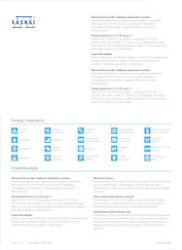
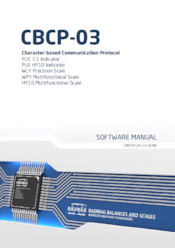
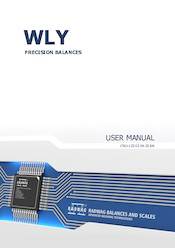
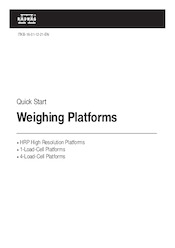
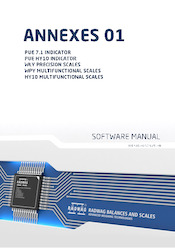
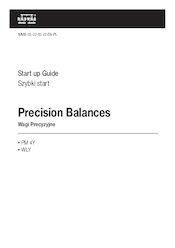
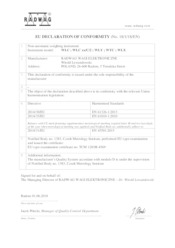
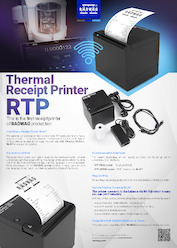
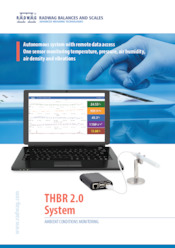
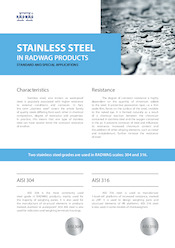
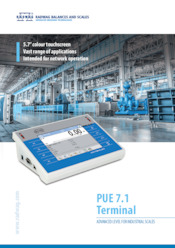
 Albanian
Albanian Danish
Danish Nederlandse
Nederlandse Estonian
Estonian Finnish
Finnish Hungarian
Hungarian Icelandic
Icelandic Kazakh
Kazakh Latvian
Latvian Lithuanian
Lithuanian Macedonian
Macedonian Norwegian
Norwegian Portuguese
Portuguese Romanian
Romanian Russian
Russian Slovak
Slovak Slovenian
Slovenian Swedish
Swedish Ukrainian
Ukrainian Serbian
Serbian Montenegrin
Montenegrin Português (Brasil)
Português (Brasil) Deutsch
Deutsch English
English Español
Español Français
Français Japanese (日本語)
Japanese (日本語) Polski
Polski Türkiye
Türkiye Česky
Česky USA
USA 中文
中文














